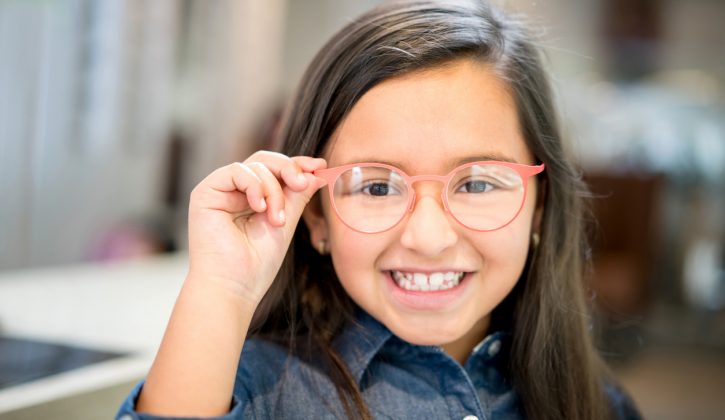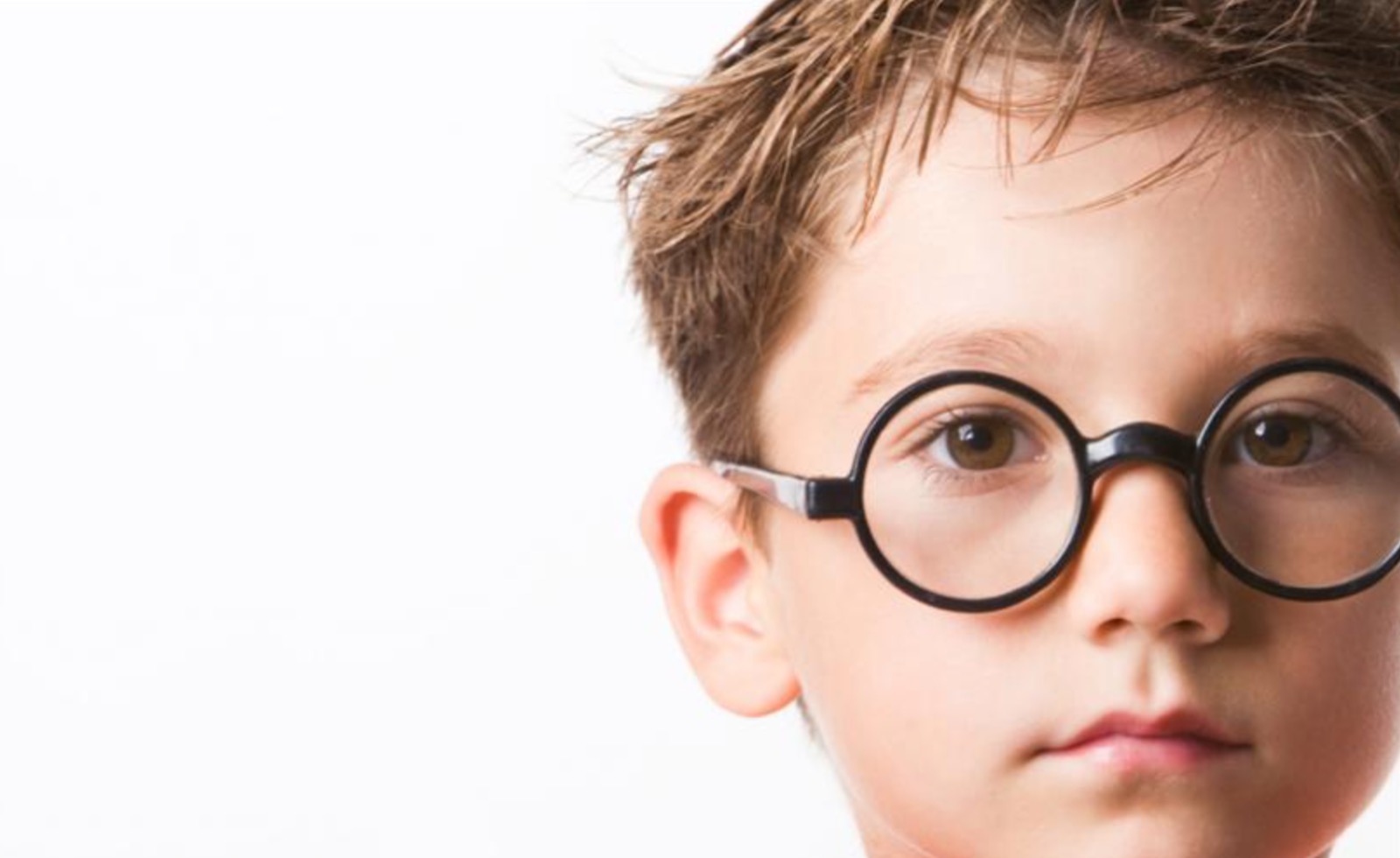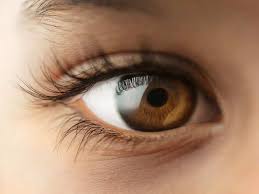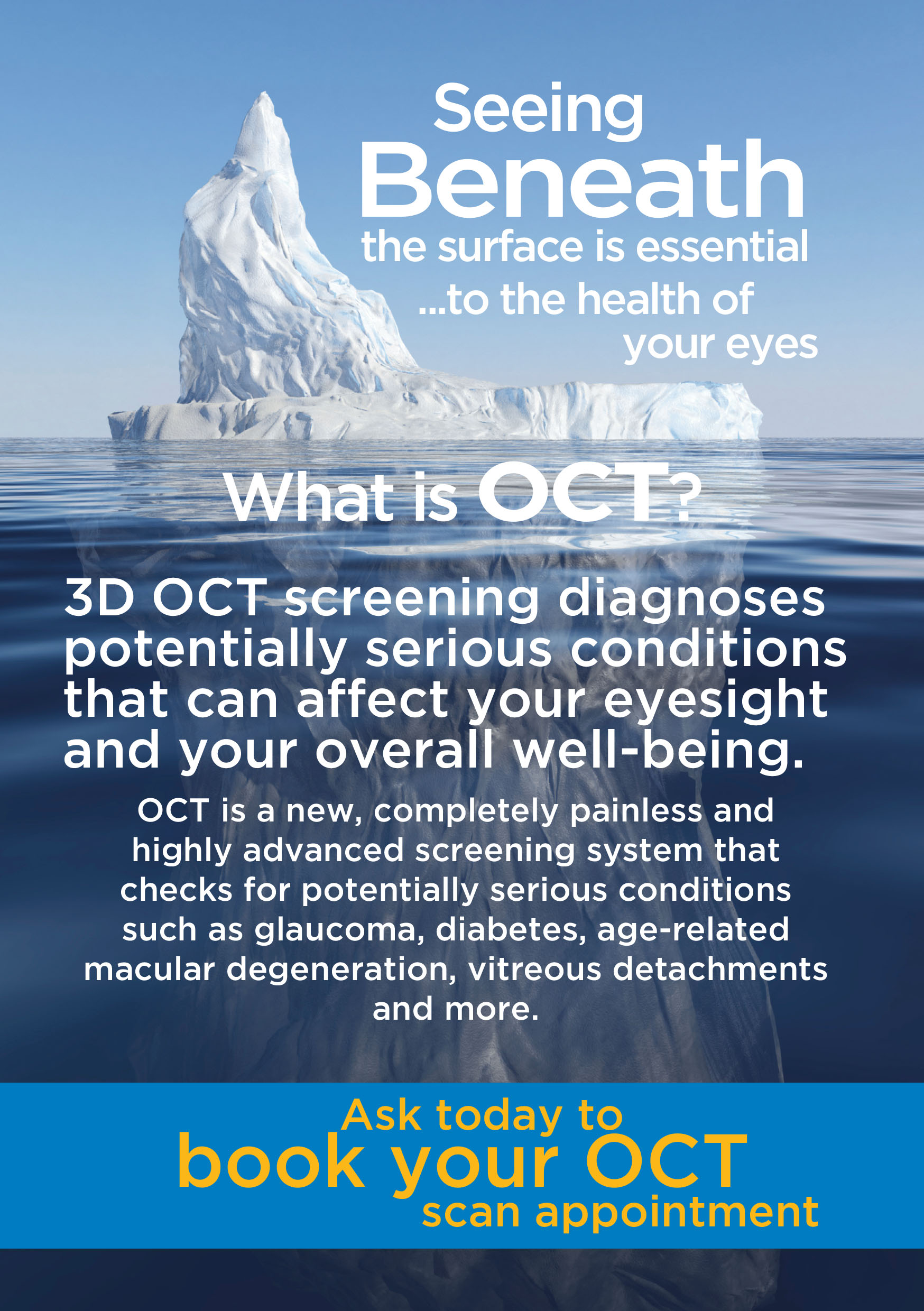Is Lockdown Causing Childhood Short Sightedness?
The coronavirus pandemic has changed so much in our everyday lives but have you considered the possible impact it may have had on your child’s vision?
Myopia, or short-sightedness, is difficulty focussing on Distance objects and tends to be progressive, especially during the growing years.
Long thought to be purely genetic, recent studies have shown that environmental and behavioural factors also play a huge part in a person’s myopic development. Worldwide myopia numbers have been on the rise for many years with the USA seeing a rise in its myopic population from 20% of the total population to 40% in the past three decades alone.
Some areas of East Asia report figures as high as 90% myopia amongst teenagers, that’s nine out of every ten children turning short-sighted during their school years.
So why is this happening?
A certain amount can be attributed to increased myopic gene pool but the bulk of the growth is linked to behavioural changes in children and young adults across the developed world, most notably a reduction in time spent outdoors combined with a spectacular rise in the amount of screen time and time spent indoors with Near tasks.
Pre-COVID numbers in the USA showed 8-12 year olds spent as much as 5 hours per day on screens with this rising to 7.5 hours per day for teenagers. The 2020 pandemic has pushed these numbers up even further with many schools, colleges and universities moving their classes and homework online. This is thought to be adding as much as 3 or 4 extra hours of screen time to some children’s days.
The introduction of “bubbles” and social distancing means that going outside to play – either at home or school – is now in a strictly regimented scenario where locations and numbers are very curtailed, meaning children’s outdoor time is likely to much reduced this year compared with previous years.
Several studies have shown that spending 11 hours per week outdoors can slow myopia growth by 50%. This is thought to be related to the brightness of the natural light, the physical relaxation and the fact that the eye will be continually switching focal distance as opposed to just fixating on a single working distance like a PC or a tablet.
All close work, including reading books, has some impact on myopia so there has to be a level of moderation in what our children do with their time.
What can be done?
The Tian Tian 120 study, based in Taiwan, asked teachers to implement 120 minutes of outdoor time every day at school. The first 5 years of results have shown significantly less myopic progression in the children involved compared with the age normal in that country.
Most people would agree that it would be difficult to implement that sort of strategy in the UK and Ireland, especially with our weather, but there are some other ways we can help our children’s eyes.
The American Academy of Ophthalmologists recommend using the 20:20:20 rule, that is for every 20 minutes of close work, the child should look at something else at least 20 feet (6 metres) away for 20 seconds. This is designed to allow the eyes to relax for that 20 seconds before resuming the closework.
It is also important to ensure the sitting position is comfortable, the screen isn’t too bright and the text isn’t too small or cramped together.
Myopia is becoming more prevalent every day, we can all help to slow its progression with an increase in outdoor time and a decrease in screen time.
We all know kids love their online time so always remember: Everything in moderation!






